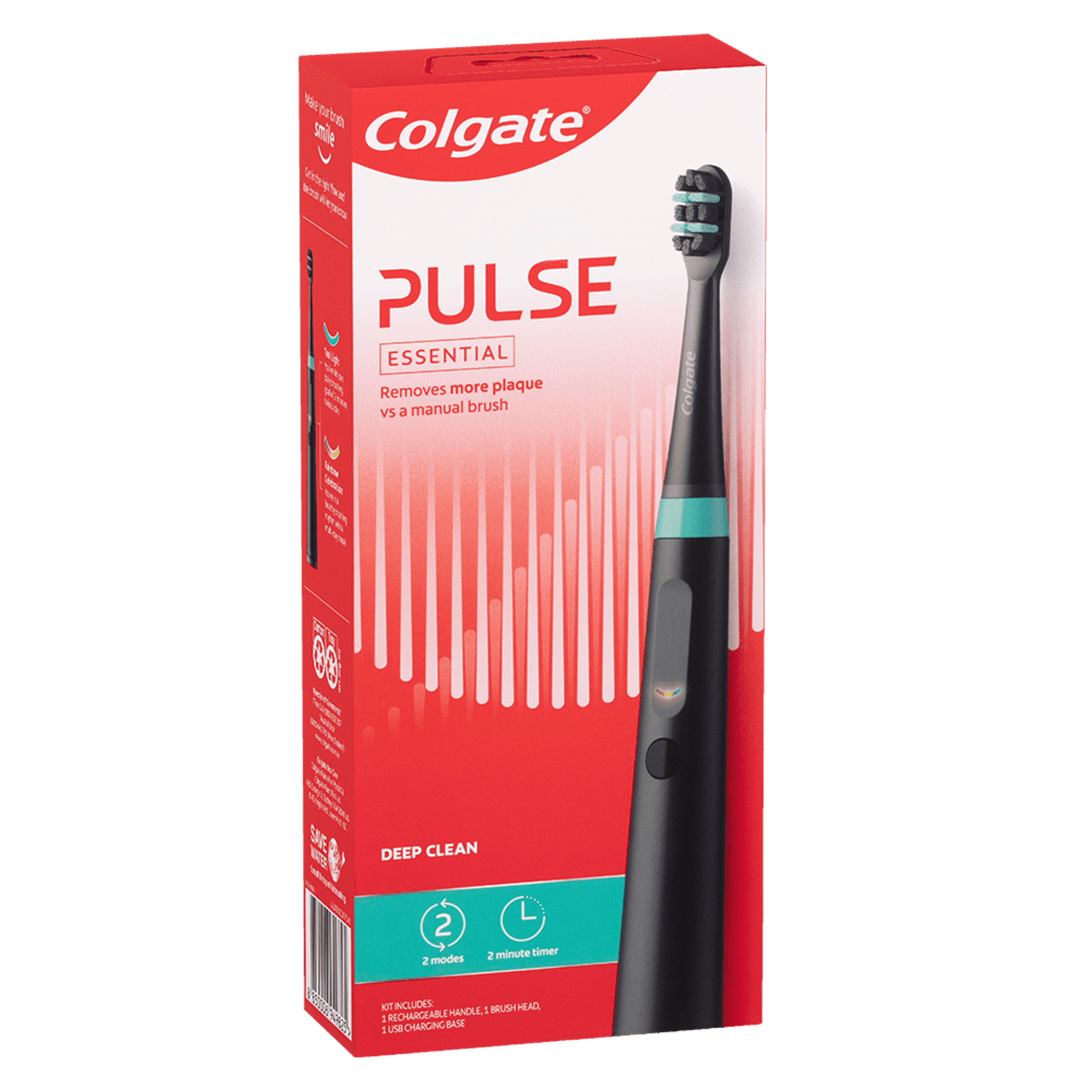-
-

BRUSHING & FLOSSING
How to BrushWhat Is the Right Way to Brush?
Proper brushing takes at least two minutes — that's right, 120 seconds!...

BRUSHING & FLOSSING
How To FlossWhat is the Right Way to Floss?
Proper flossing removes plaque and food particles in places where a toothbrush cannot easily reach... -
Science & Innovation
- Home
- Oral Health
- What is Referred Tooth Pain and What Causes It?


A toothache of any kind is usually a sign that something is wrong. And it’s crucial that every toothache is managed. Pain could indicate a problem within or near the tooth, or it could be a message that there is a problem in another part of the body. When pain in another area of your body transfers to your teeth, dental professionals call this referred tooth pain. Let’s explore how this happens, the causes of tooth pain and what you can do to treat both local and referred tooth pain.
How does referred pain occur?
Researchers are still trying to understand the exact mechanisms of referred pain. Essentially though, all our nerves are interconnected, and a lot can happen to pain signals along their transmission route. When neural networks along a pain route are modified (for any number of reasons), it can lead to you feeling pain in one part of your body when such pain is actually a result of an issue in another part of your body.
Causes of referred toothaches
Referred tooth pain can be caused by many things, such as respiratory illness, tooth pulp (center of the tooth where nerves are found) inflammation, problems with the heart or lungs or certain neurological conditions. Let’s look at a few common causes of referred tooth pain:
- Sinusitis – Suppose your upper teeth are painful and your nasal passages are congested or tender. In that case, your toothache may be due to sinusitis. The roots of the upper teeth lie close to the sinuses, and if your sinuses become inflamed due to an infection, you may feel the pain in your upper teeth.
- New filling or dental cavity – If you’ve recently received a filling or you have a cavity, you may sometimes feel pain in another tooth. Your toothache moves from one tooth to another through pain signals.
- Headaches –Your tooth pain can come from a headache. Known as neurovascular headaches, they can manifest as migraines or cluster headaches. When referred to the teeth, they’re called neurovascular toothaches.
- Vagus nerve –A serious but less common source of referred tooth pain is the vagus nerve, which passes near your heart and lungs. Before it reaches your brain, the vagus nerve also passes through the lower jaw. A toothache is occasionally a sign of a problem with the heart or lungs. These are known as a visceral toothache - if pain originates in your internal organs or a cardiac toothache - if it comes from your heart.
- Neurological conditions –Conditions such as trigeminal neuralgia can also affect nerves that lie in the teeth, face and skull. Inflammation of these nerves can feel like a toothache.
Referred tooth pain treatments
When tooth pain strikes, it can often be so uncomfortable that you need immediate relief. We recommend scheduling an appointment with your dentist as soon as you can. While you wait, you can try over-the-counter pain medication to get some relief. Your dentist can check if an underlying issue with your tooth, such as a cavity, abscess or injury, is causing you pain. If they determine that your toothache is from a non-dental problem, such as sinusitis, they’ll refer you to a medical professional for treatment.
Your doctor can investigate common causes of referred pain, such as migraines or sinusitis, or less common causes, such as issues with your heart, lungs or other internal organs. This investigative work can begin with a referred tooth pain chart. This chart shows which areas of the face may hurt due to an issue elsewhere in the body.
Although your tooth pain may not be due to dental cavities, you should continue your thorough oral care routine. This includes brushing twice daily with a fluoride paste, interdental cleaning once daily (with floss, a water flosser or another interdental device) and rinsing with mouthwash to provide extra freshness or protection for your teeth and gums.
A toothache isn’t something you can afford to ignore. If you have a painful tooth and are not sure of its cause, visit your dental professional right away. While it’s essential to be in tune with your body’s aches and pains, this type of investigative work usually requires a professional.
Related Articles

The pain from a toothache can be debilitating, and it's usually an indication of a deeper issue such as tooth infection.

If you have been experiencing problems with a tooth, you may wonder, "Do I need a root canal filling?" Root canal fillings, also known as endodontic therapy, are performed when the nerve or pulp of the tooth becomes infected

When people are told that they need a root canal therapy, they often worry that it's going to be painful.
This article is intended to promote understanding of and knowledge about general oral health topics. It is not intended to be a substitute for professional advice, diagnosis or treatment. Always seek the advice of your dentist or other qualified healthcare provider with any questions you may have regarding a medical condition or treatment.
Related Products

Helping dental professionals
More professionals across the world trust Colgate. Find resources, products, and information to give your patients a healthier future








